What's the meaning of the Imperial Porphyry »
Imperial Porphyry
This page is about the meaning, origin and characteristic of the symbol, emblem, seal, sign, logo or flag: Imperial Porphyry.
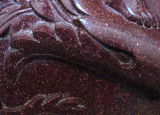
This purple-colored stone has been prized by Mediterranean civilizations for thousands of years. Used to carve objects and statutes of all descriptions, this material formed the pillar- quite literally- of one of humanity’s greatest cultural empires.
The stone known as imperial porphyry was found in a single quarry, located in the Eastern Desert of Egypt, and the name porphyry comes from the Greek word for “purple”. In the cultures of the Mediterranean- and elsewhere in Europe- purple has long been the color of royalty; purple dye was highly expensive and time-consuming to manufacture, so only the upper levels of society could afford it. Due to its color and rarity, imperial porphyry is a natural extension of that symbolism. The ancient Romans used this stone as a medium for imperial portraits (i.e. busts), and a number of architectural features in grand buildings, such as panels, pillars and columns, were carved from it.
As the cultural heir to Rome, the Byzantine Empire also nurtured a fondness for imperial porphyry. In fact, this material played a role in the founding of the empire’s capital city. According to tradition, after his ascension to power in 330 C.E., the Roman Emperor Constantine visited a remote site in modern-day Turkey. There, he buried a cache of holy relics beneath a column constructed of multiple drums (sections) of imperial porphyry. He then renamed the settlement surrounding the column Constantinople, after himself, and the city would grow to be one of the major centers of the Mediterranean for the next thousand years. This column, which can still be seen in present-day Istanbul, was the literal epicenter around which the Byzantine Empire would form. In later centuries, porphyry continued to be used a building material in Constantinople, and there was even a room in the imperial palace called the porphyra, whose walls were covered with it. Since this was the room where royal women typically gave birth, the Byzantine Greek term "porphyrogenitos", meaning “born to the purple”, was literally true. Even today, “born to the purple” signifies someone who comes from a wealthy and influential family.
While the Roman and Byzantine use of imperial porphyry was certainly dramatic, the stone’s history as an architectural and decorative material is considerably older than either empire. The Minoan civilization flourished on the Greek island of Crete until it died out the second millennium B.C.E. Through their extensive contacts with Egypt, the Mionans obtained the coveted stone, and column bases made of imperial porphyry have been excavated from sites dating to roughly 1850 B.C.E., over a thousand years before the Romans ever showed up on the scene.
- 1,009 Views
Graphical characteristics:
Asymmetric, Closed shape, Colorful, Contains both straight and curved lines, Has no crossing lines.
Categories: Gemstones and Natural Substances, Miscellaneous.
More symbols in Miscellaneous:
Symbols without any special category attribution but that are widely used worldwide. read more »
More symbols in Gemstones and Natural Substances:
In addition to plants, animals, and geographic features and phenomena, the natural world is home to a vast array of materials and substances that all carry symbolic meaning. This meaning may be rathe… read more »
Citation
Use the citation below to add this symbol to your bibliography:
Style:MLAChicagoAPA
"Imperial Porphyry." Symbols.com. STANDS4 LLC, 2024. Web. 19 Apr. 2024. <https://www.symbols.com/symbol/imperial-porphyry>.



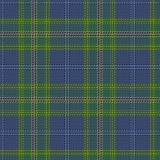
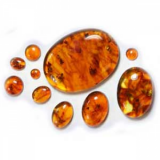


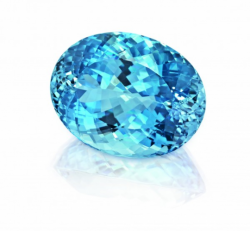
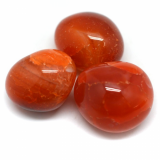
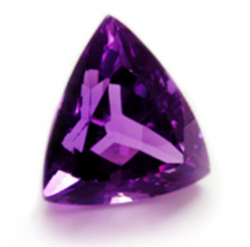
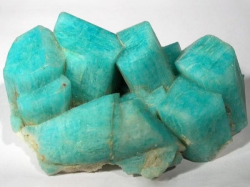
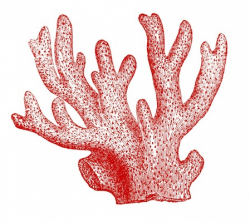

Have a discussion about Imperial Porphyry with the community:
Report Comment
We're doing our best to make sure our content is useful, accurate and safe.
If by any chance you spot an inappropriate comment while navigating through our website please use this form to let us know, and we'll take care of it shortly.
Attachment
You need to be logged in to favorite.
Log In